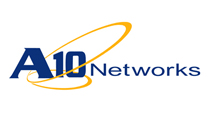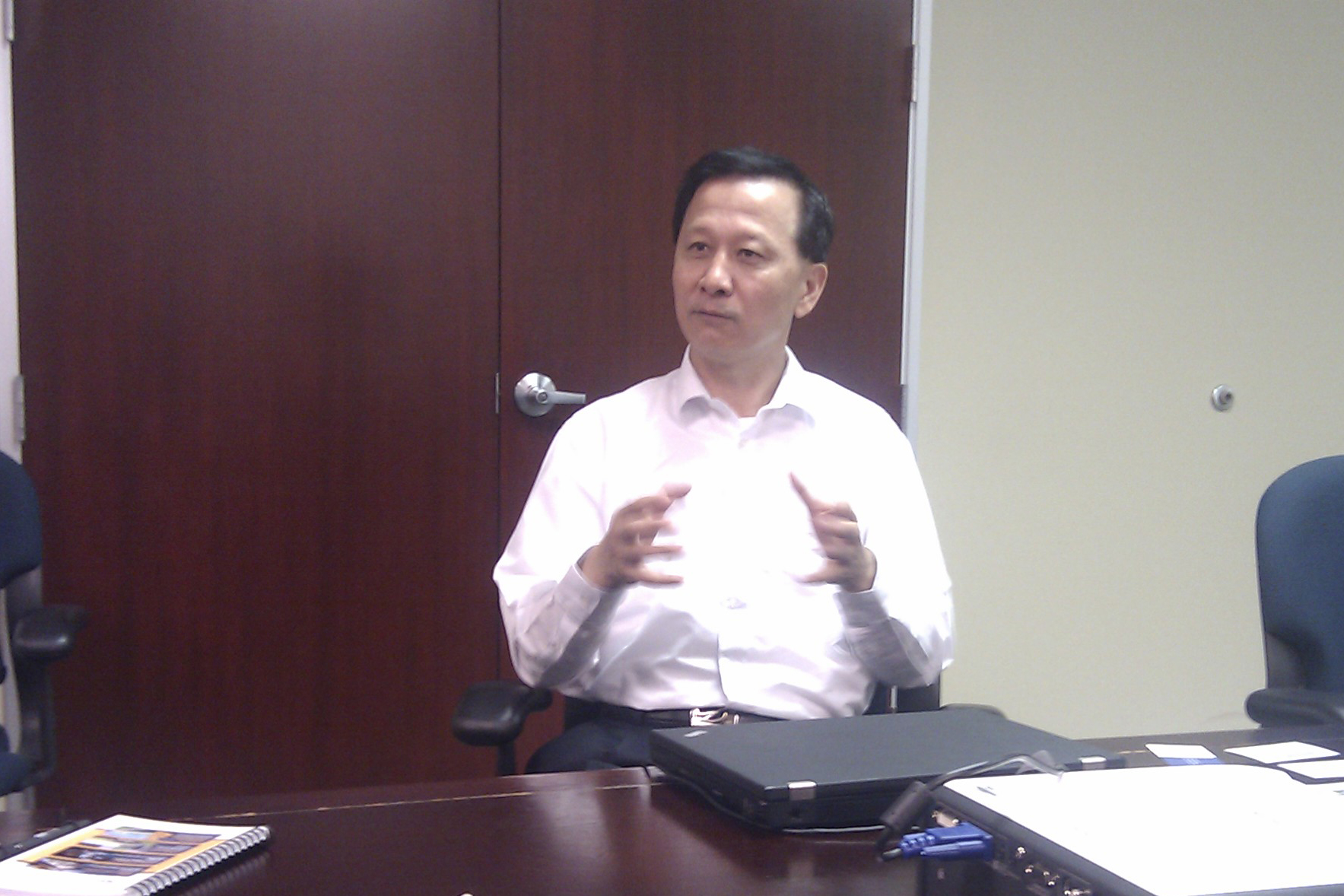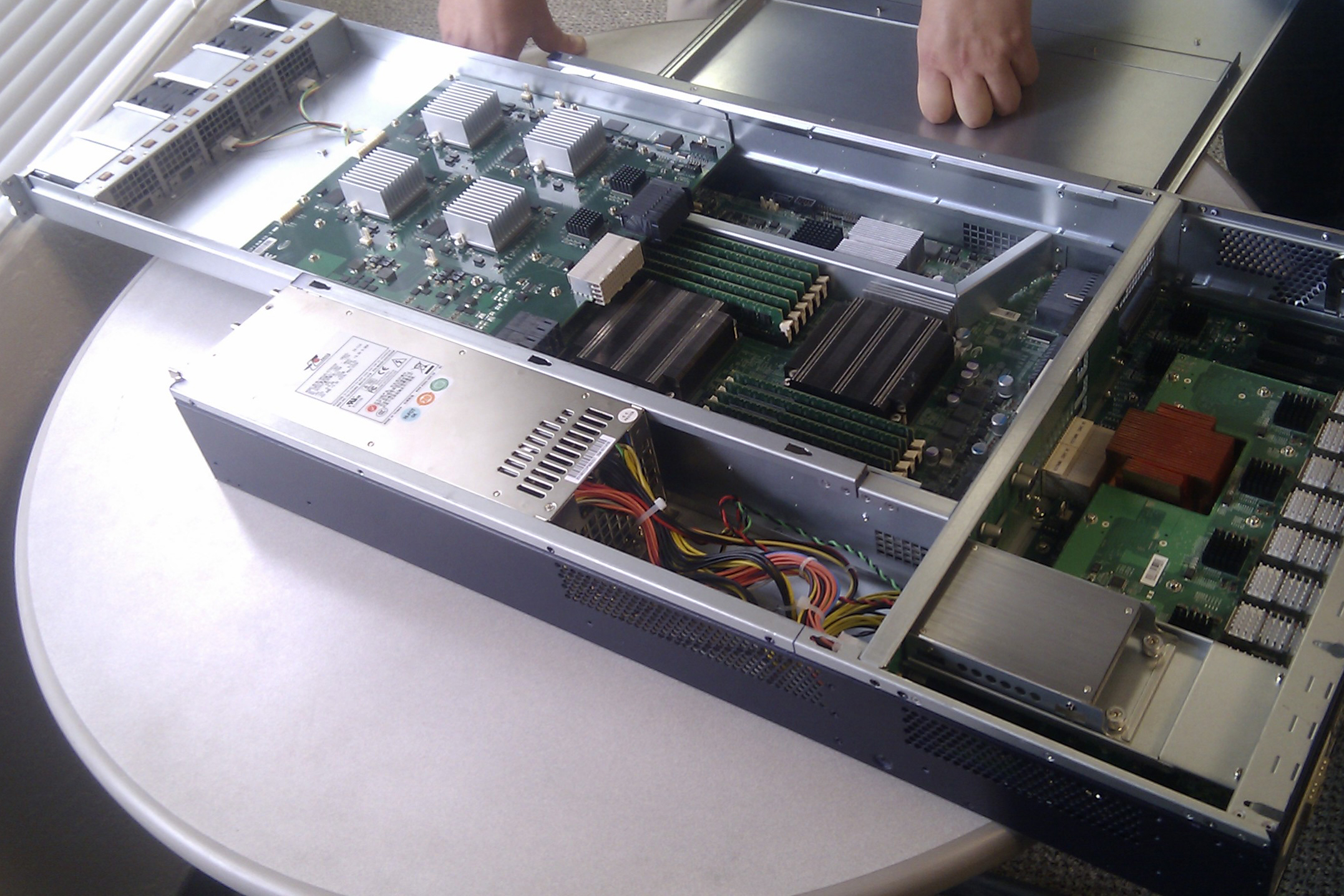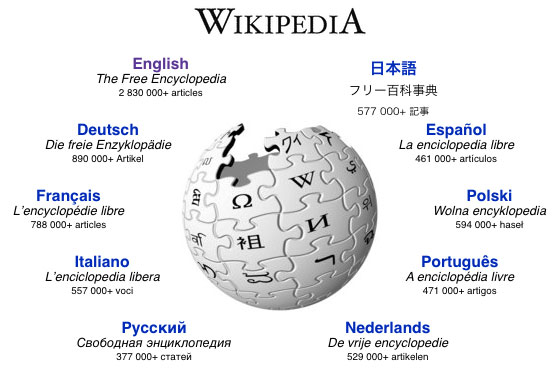IT Pro Start-Up Tour: A10 Networks
A10 Networks has had some serious success in a short period of time. It might just be the networking solution your company needs too...


Who are they?
Speed and simplicity are two of the key watchwords for today's IT managers. Everyone from CEOs to rank-and-file employees demand well-oiled LANs and WANs so they can get their apps and data fast.
For some unexplained reason, networking giants such as Cisco haven't focused on optimising application delivery. This left a niche for smaller, nimbler companies to fill, and A10 is clearly one of the best: it's made a big impact since its formation in 2004.
The faster your application delivery and the smoother your network, the more time and money you save
As you learn from the framed articles lining the walls of A10's foyer, the company has seen stratospheric growth: 16 consecutive quarters of increased revenue, to be precise. No wonder it was recently ranked fourth-fastest growing private company in Silicon Valley.

The CEO, co-founder of Foundry Networks back in 1996, saw a potentially lucrative market in which other companies weren't dazzling. In particular, vendors working in the application delivery industry weren't supplying the kind of customer service they should have been, according to Chen.
Why should you care?
Sign up today and you will receive a free copy of our Future Focus 2025 report - the leading guidance on AI, cybersecurity and other IT challenges as per 700+ senior executives
A10 offers a simple proposition: the faster your application delivery and the smoother your network, the more time and money you save. It aims to deliver this efficiency through its AX Series of appliances.

The key technology behind all of the appliances is A10's Advanced Core Operating System (ACOS). The 64-bit software uses shared memory architecture, meaning a piece of memory is only stored once rather than on each core of a server.
We always try to be technical and strategic so we don't miss the big trends.
This shared memory architecture means each core knows what each other is doing. This provides greater efficiency, maximising usage out of each core and eliminating inter-process communication. A10 claims to be the first vendor to have this capability in the market.
And its claims go further still: it believes one of its 2U units with two quad-core processors could outperform a seven- or eight-rack unit.
To help companies run services over IPv4 and IPv6 simultaneously something the vendor believes will be in demand for the next two decades at least - A10 has added a gateway to its portfolio.
So A10 has jumped on two key needs in today's IT landscape and believes it has the technology to help businesses take advantage of them.
Tom Brewster is currently an associate editor at Forbes and an award-winning journalist who covers cyber security, surveillance, and privacy. Starting his career at ITPro as a staff writer and working up to a senior staff writer role, Tom has been covering the tech industry for more than ten years and is considered one of the leading journalists in his specialism.
He is a proud alum of the University of Sheffield where he secured an undergraduate degree in English Literature before undertaking a certification from General Assembly in web development.
-
 Gender diversity improvements could be the key to tackling the UK's AI skills shortage
Gender diversity improvements could be the key to tackling the UK's AI skills shortageNews Encouraging more women to pursue tech careers could plug huge gaps in the AI workforce
-
 Researchers claim Salt Typhoon masterminds learned their trade at Cisco Network Academy
Researchers claim Salt Typhoon masterminds learned their trade at Cisco Network AcademyNews The Salt Typhoon hacker group has targeted telecoms operators and US National Guard networks in recent years
-
 Oracle vs. Google Java case to continue
Oracle vs. Google Java case to continueNews Oracle's claims Google infringed a number of Java copyrights will be given further scrutiny, after a summary judgment is denied.
-
 Wikipedia fights back in Portrait Gallery row
Wikipedia fights back in Portrait Gallery rowNews The Wikimedia Foundation says it will back its volunteer even if the National Portrait Gallery takes legal action.
-
 Pirate Bay defendants found guilty and jailed
Pirate Bay defendants found guilty and jailedNews Have media and software companies won a battle in the internet copyright war, or is it simply 'a theatre for the media'?
